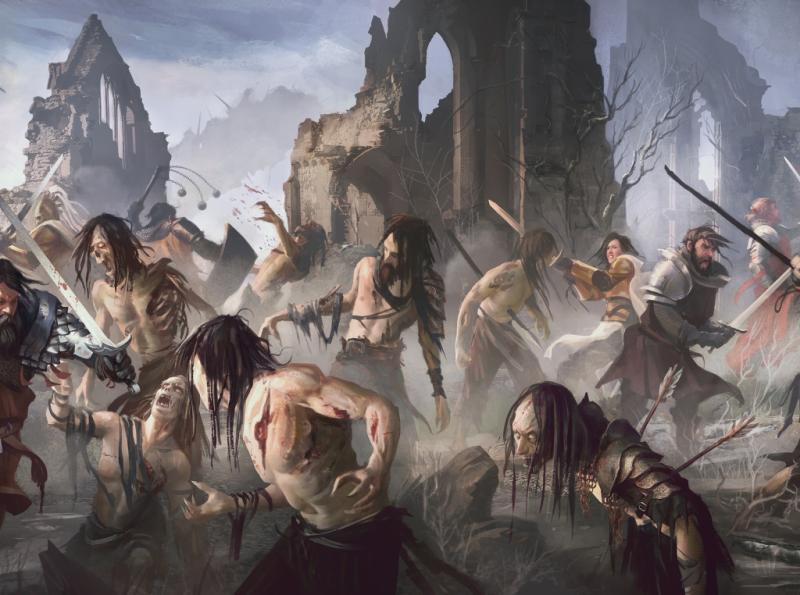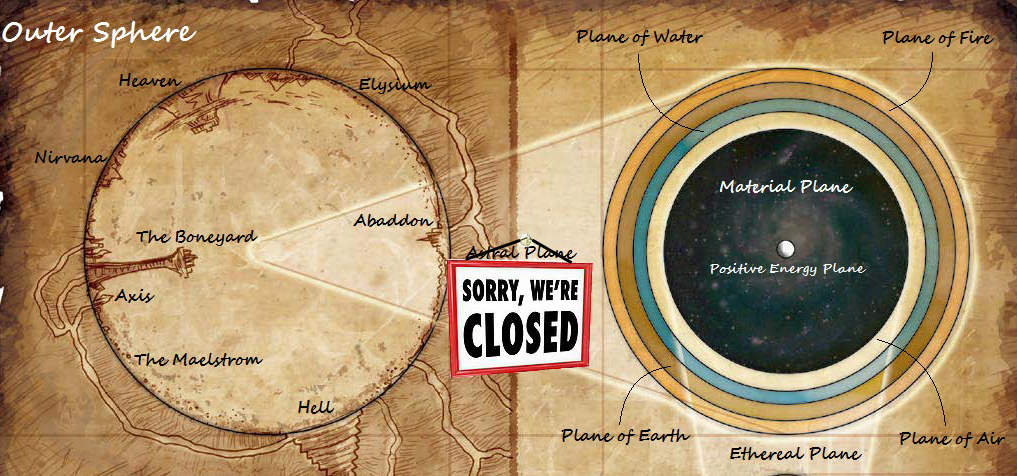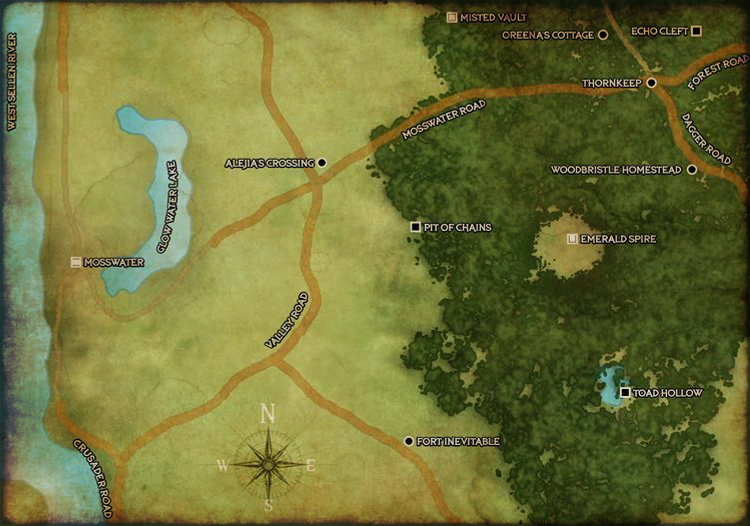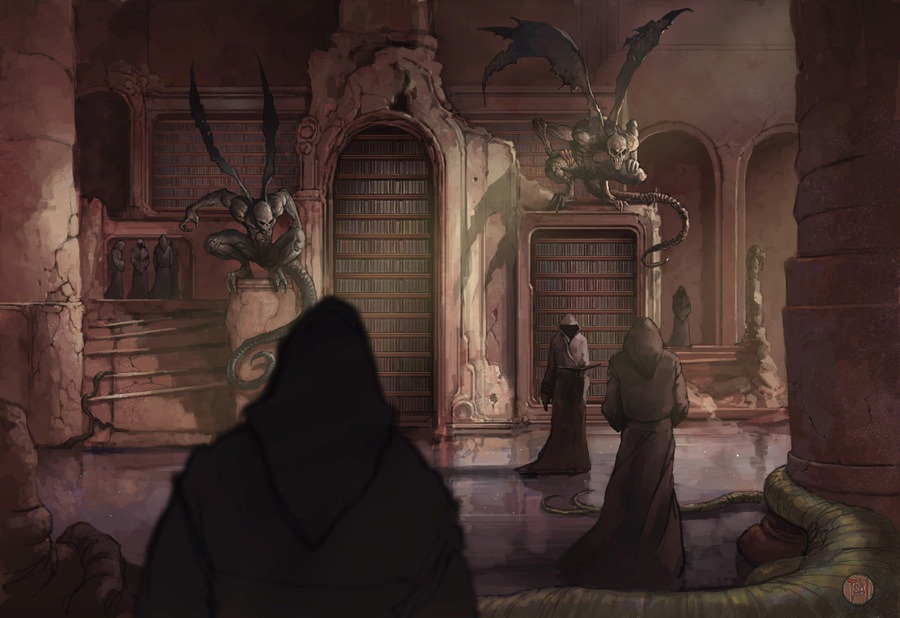I love making Pathfinder characters. There are so many mechanical options to experiment with, so many class and species combinations, and the archetypes – oh gods the archetypes! It’s not just the mechanical side of character building that I enjoy, though. I love coming up with a character’s concept, the backstory and why they would be interesting to play at the table. I usually start with that, and then go through the lists to select mechanical options that make sense for the background. Other times the mechanics set the tone and I craft a background around the character’s abilities. While it’s tough to run out of mechanical ideas (especially in First Edition), backgrounds can be a bit harder to come by.
This is where the rich lore of Golarion as a setting really shines. There are so many detailed nations, cities, towns, and villages to choose from when designing your character. The First Edition traits mechanic really helped players get some of their background together – probably one of my favorite aspects of PF1’s character building system. Each trait gives you a bonus but also an explanation of how you may have earned that bonus in your pre-adventuring life. These are perfect springboards for diving into the lore of your home region, looking for interesting bits of Golarion history to hang your character’s hat on.
While traits don’t really exist in Second Edition (yet), they still provide inspiration and some ready-made background events to build your character from. I still look through the lists of traits when designing a new character or NPC, thinking about which ones I would have taken if I was using First Edition rules. This process really helps me to zero in on the character’s background in general. Then it’s off to the books of lore (in the Lost Omens Campaign Setting line) to see what changes or current events fit with my character’s concept. Even though the world has undergone tremendous change in the past decade, all of it is still recent enough that your character probably lived through them. This can help you craft a character that incorporates world events and gives you a backstory that feels like it’s ripped from the headlines of the current broadsheets in Absalom.
For example, say you like the looks of the Crusader Tactician regional trait in PF1, which states that your character studied at the Crusader’s War College in Vigil. Since Vigil has recently become a smoking crater in the middle of the Gravelands, obviously this must have been part of your character’s story before the Whispering Tyrant escaped and destroyed the city. So… was your character there where it happened? If so, how did they survive? If not, where were they? How does this impact how old your character is, and where else they’ve traveled? Did you lose friends or family in the attack, and how does that affect your character’s outlook on life? Just picking a single trait can provoke questions to round out a complete character’s history.
This sort of background can also help you distinguish your character at the table, without having to do so mechanically. I’ve seen people make sub-optimal build choices just to avoid being the same greataxe-wielding barbarian or blaster sorcerer that everyone plays. Instead, you can dive into your character’s background to make your character look and feel different at the table, even if you have similar mechanics. This is also very useful for Organized Play games, where you literally might sit down with a character with very similar mechanics.
An example of this is one of my Pathfinder Society First Edition characters, a halfling shadowcaster wizard named Drel. Other than the archetype, mechanically he’s a pretty standard wizard. By delving into the places he’s lived, I’ve tried to distinguish him from other wizards. Drel was born in Ustalav, so he has a definite accent (not unlike Gru in the Despicable Me movies). How did he come by the shadowcaster archetype? Well, as a player I thought it was cool, and it was on a Chronicle sheet that I earned. But as a character, Drel moved to Nidal when he was younger, when he was captured and enslaved. While in Nidal he was in service to a wizard who was a shadowcaster, and he escaped with the help of an Osirion man who wanted to steal the secrets of shadow casting for himself. In gratitude for his rescue, Drel helped the Osirian steal his master’s books, and then joined the man’s organization, a lodge within the Pathfinder Society.
In play, Drel latches on to anything that reminds him of home (Ustalav), waxing poetic about Ustalav’s weather, or suspicious villagers, or the beautiful sound of werewolf howls drifting across the lake around full moon. He has little love for the Nidalese and is suspicious of Chelaxians or anyone who uses evil religion to condone their actions. He often compares his second career of Pathfinder to his first career as a slave. (The jury is still out, but often Drel feels it was a lateral move.) Back in the day of external factions, he continued in his service to the man who rescued him: Amenopheus, head of the Scarab Sages faction. Just a couple of bits of lore have provided me with hours of in-world “table talk” that helps the character feel real, and helps the rest of the table immerse themselves in Golarion. Drel has been a big hit with most GMs and players, and is probably my most-requested PC to bring to the table.
Of course, a character’s backstory doesn’t end at level 1 – every adventure becomes a part of your character’s history. Drel has taken a number of items of lore from the PFS scenarios he’s played, whether it’s stories of places or creatures, or the story behind an item he’s purchased off a Chronicle sheet.






